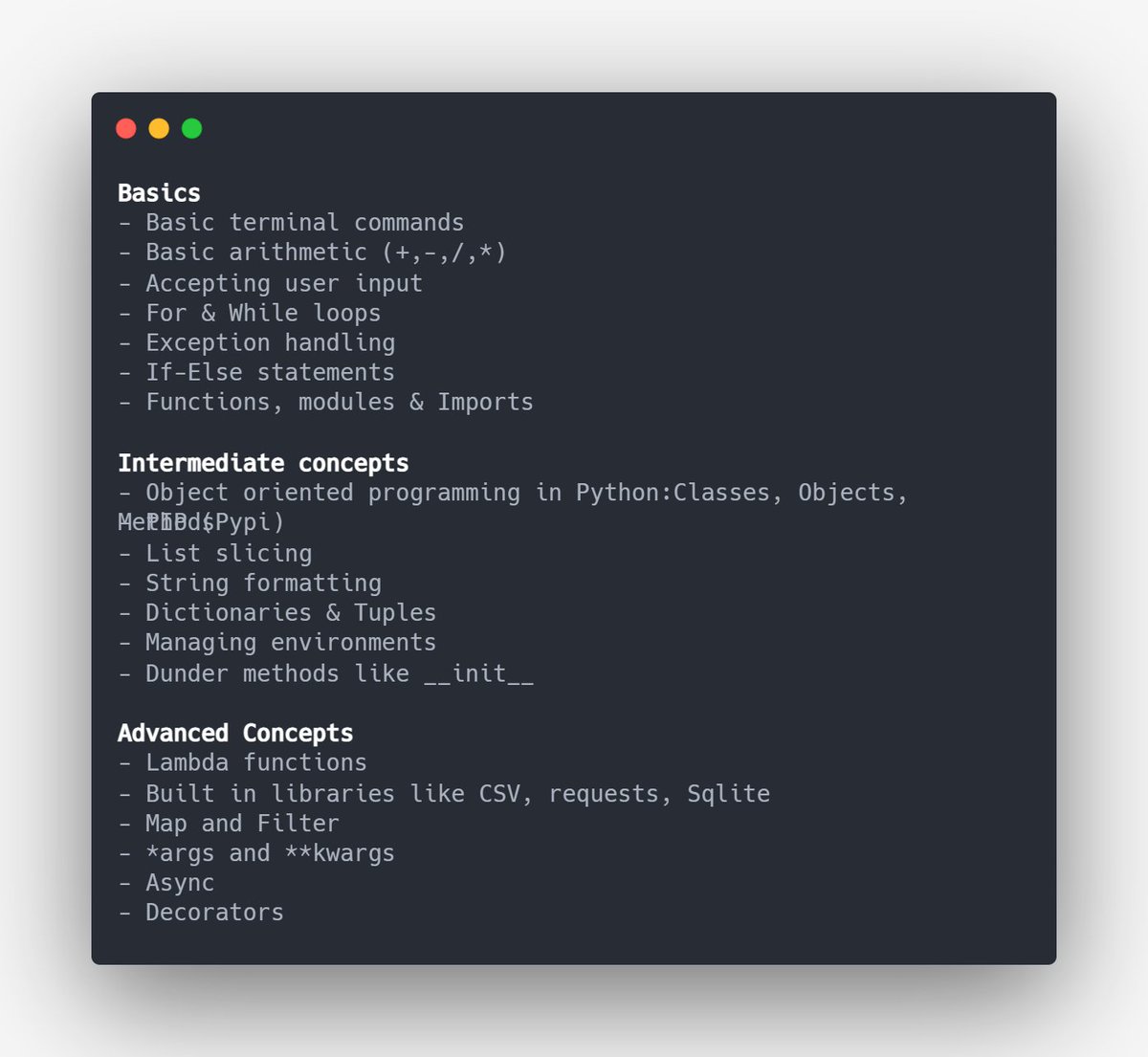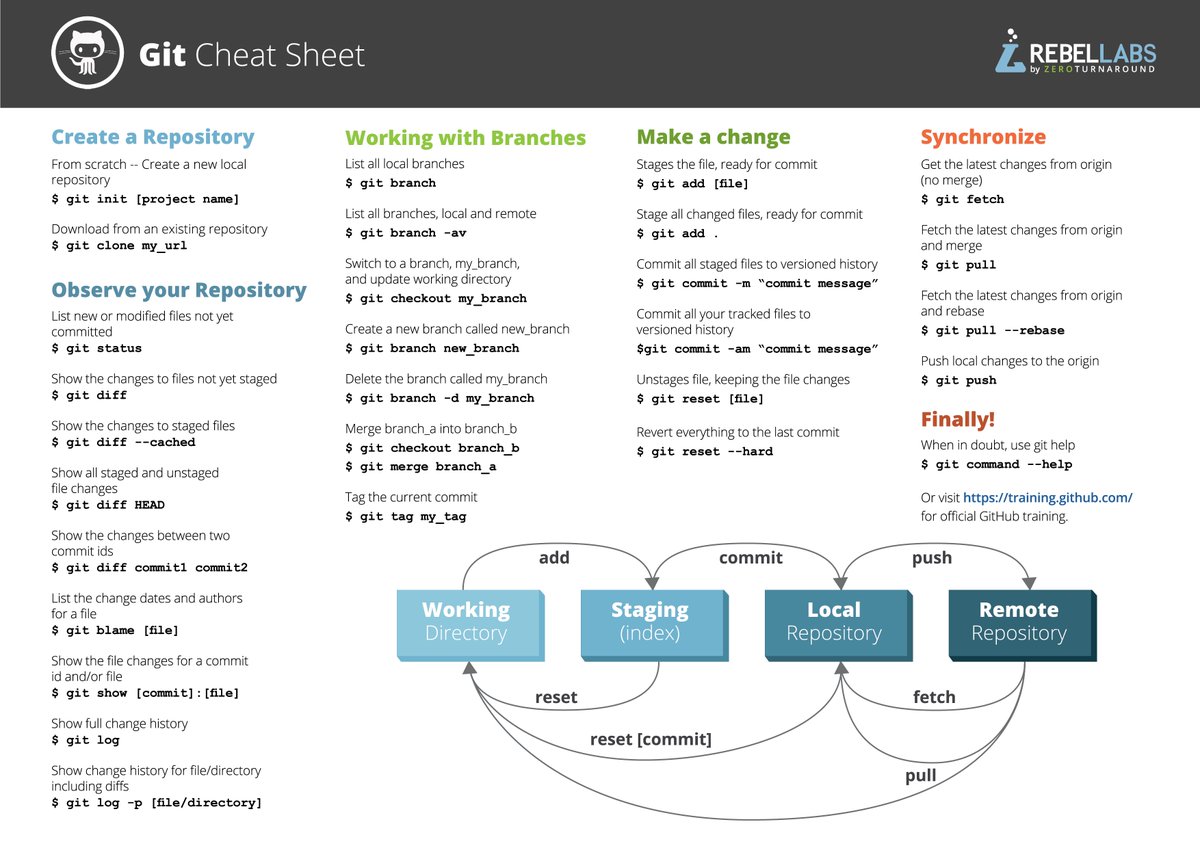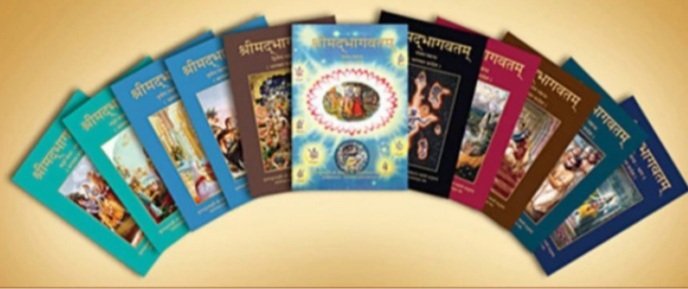10 Life Lessons You Won't Learn Anywhere Else.
Previously, I might have given some lessons I have learnt in 24 Months,
By nature man should learn, adapt and survive,
It's through pain that you learn the greatest secrets of life, things we ignore but really matter,
Which lessons?
Let's see,
1. Be ready to unlearn anything- by unlearning, chances of anything happening are infinite,
People change,
Times change,
Feelings change,
When this happens, take a step back, don't bitch around, feel, heal and move on. Create your reality.
2. Relearn- Your existence is random, nature would be so unfair or fair to have you where you are. It's your life, YOU,
It is what it is, just does not work,
You have to make it work, so you must learn,
Faster to even outrun your capabilities.
3. Every man is intimidated by your success- Your success is ONLY important to anyone if it's beneficial to them in a way. It's not about you, it's about them,
Be careful with heights, it's slippery and way too far down.




























